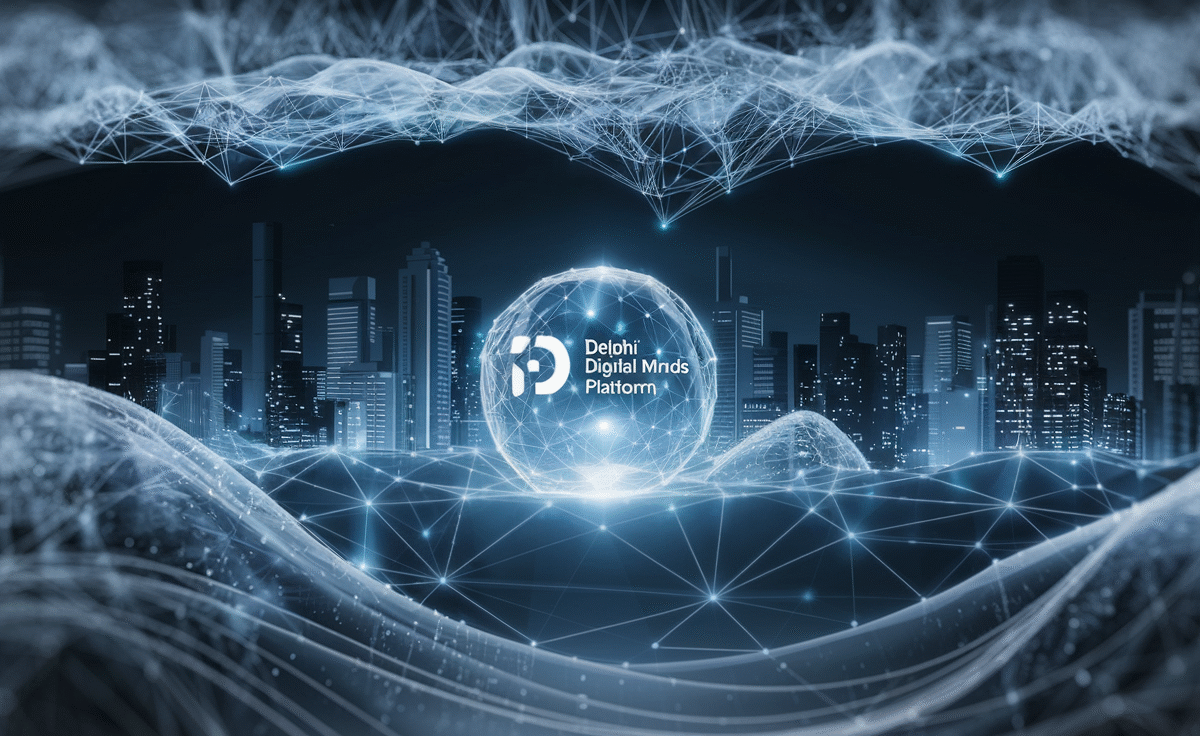Are you looking for smarter insights delivered directly to your inbox? Sign up for our weekly newsletters to receive essential updates tailored for leaders in enterprise AI, data, and security. Subscribe now!
The Challenge of Data Overload
Delphi, a two-year-old AI startup based in San Francisco and named after the Ancient Greek oracle, encountered a modern dilemma: its “Digital Minds”—interactive, personalized chatbots designed to emulate an end-user’s voice through their writings, recordings, and other media—were overwhelmed by the sheer volume of data. Each Digital Mind can access a plethora of resources, including books, social media feeds, and course materials, to provide contextually relevant responses, creating an experience akin to a direct conversation. Creators, coaches, artists, and experts have already begun using these chatbots to share insights and engage with their audiences.
However, every new upload of podcasts, PDFs, or social media posts complicated the company’s underlying systems. Maintaining the responsiveness of these AI counterparts in real-time without compromising system integrity became increasingly challenging. Fortunately, Delphi discovered a solution to its scaling issues through the use of the managed vector database, Pinecone.
Navigating the Limits of AI Scaling
Power limitations, rising token costs, and inference delays are reshaping the landscape of enterprise AI. Join our exclusive salon to learn how leading teams are:
– Transforming energy into a strategic advantage
– Architecting efficient inference for tangible throughput gains
– Unlocking competitive ROI with sustainable AI systems
Secure your spot to stay ahead: https://bit.ly/4mwGngO
Transitioning to Pinecone
Delphi’s initial experiments relied on open-source vector stores, which quickly faltered under the demands of the company. Index sizes grew, leading to slower searches and complicating scalability. Latency spikes during live events or sudden content uploads jeopardized the fluidity of conversations. Moreover, Delphi’s small yet expanding engineering team found itself dedicating weeks to fine-tuning indexes and managing sharding logic rather than focusing on developing product features. Pinecone’s fully managed vector database, which offers SOC 2 compliance, encryption, and built-in namespace isolation, proved to be a more effective solution.
Each Digital Mind now operates within its own namespace on Pinecone, ensuring privacy and compliance while narrowing the search area for retrieving knowledge from its repository of user-uploaded data, thus enhancing performance. A creator’s data can be deleted with a simple API call, and retrievals consistently return in under 100 milliseconds at the 95th percentile, which accounts for less than 30 percent of Delphi’s stringent one-second end-to-end latency target. “With Pinecone, we don’t have to worry about whether it will work,” said Samuel Spelsberg, co-founder and CTO of Delphi, in a recent interview. “This allows our engineering team to concentrate on application performance and product features instead of semantic similarity infrastructure.”
The RAG Pipeline
At the core of Delphi’s system lies a retrieval-augmented generation (RAG) pipeline. Content is ingested, cleaned, and chunked, then embedded using models from OpenAI, Anthropic, or Delphi’s own technology stack. These embeddings are stored in Pinecone under the appropriate namespace. During query time, Pinecone retrieves the most relevant vectors in milliseconds, which are then processed by a large language model to generate responses—a technique widely recognized in the AI industry as retrieval-augmented generation (RAG). This architecture enables Delphi to maintain real-time conversations without exceeding system budgets.
As Jeffrey Zhu, VP of Product at Pinecone, noted, a significant innovation was the shift from traditional node-based vector databases to an object-storage-first approach. Instead of retaining all data in memory, Pinecone dynamically loads vectors as needed and offloads idle ones. “This aligns perfectly with Delphi’s usage patterns,” Zhu explained. “Digital Minds are activated in bursts rather than continuously. By decoupling storage and compute, we reduce costs while facilitating horizontal scalability.”
Pinecone also automatically adjusts algorithms based on the size of the namespace. Smaller Digital Minds may store only a few thousand vectors, while others can contain millions, sourced from creators with extensive archives. Pinecone adaptively implements the most suitable indexing approach for each case. As Zhu stated, “We don’t want our customers to have to choose between algorithms or worry about recall. We manage that behind the scenes.”
Diverse Data Needs
Not all Digital Minds are identical. Some creators upload relatively small datasets—such as social media feeds, essays, or course materials—totaling tens of thousands of words. Others delve much deeper. Spelsberg recounted an expert who contributed hundreds of gigabytes of scanned PDFs, encompassing decades of marketing knowledge. Despite this variability, Pinecone’s serverless architecture has enabled Delphi to scale beyond 100 million stored vectors across over 12,000 namespaces without encountering scaling limitations. Retrieval remains consistent, even during spikes triggered by live events or content releases.


